Curtis Prints Set the Scene For This Eclectic Jazz Set Featuring Cheek, Bill Frisell, Tony Scherr and Rudy Royston
recorded to tape by James Farber at Power Station NYC
Nature, ecology and jazz have been getting together lately. Last year there was Wadada Leo Smith and Amina Claudine Myer's Central Park's Mosaics of Reservoir, Lake, Paths and Gardens and this year, David Murray Quartet's Birdly Serenade and now Chris Cheek's leisurely jazz paddle down a deceptively lazy river with the scene set by a vintage, iconic Edward S. Curtis print on the jacket front and a desert trek Curtis photo on the rear. What does it all mean?
The press release explains that the album title refers to "the Mohawk people—the innermost tribe of the Iroquois Confederacy (that) became known as “Keepers of the Eastern Door” for their role as guardians against invasion from the encroaching colonizers." Mohawk was also the name of a regional airline we called "Slowhawk" for the time it took one of their aging fleet of DC-3 prop planes (civilian production ended in 1943) to get from La Guardia to Ithaca, N.Y. But as usual I digress.
And I'll digress again before getting to the music because the Curtis photos deserve some attention. Back in the early '70s, Ansel Adams, who at that time was himself in his early '70s had become admired and extremely popular among the Boomer generation, for his stunning black and white landscape photographs and for being an early "environmentalist". Posters of the native San Franciscan's Yosemite National Park photos became de rigueur in fashionable hippie pads.
But somewhere along the way, in 1972 or 3 my post law school roommate and his friend discovered the (then) little known Native American photography of Edward S. Curtis (they also brought New York quality cheesecake to Boston and marketed it as "Baby Watson Cheesecake" that some of you Bostonians from that era may remember but that's another story that will have to wait for a review of the reissue of Ween's Chocolate and Cheesecake).
While Ansel Adams's photography was almost exclusively landscape-based, Curtis's was all about people—Native Americans. You have to remember that at that time a generation had grown up with Howdy Doody's "Chief Thunderthud" and "Princess Summerfall Winterspring". Settlers had "conquered the Indians" and "Columbus discovered America". We'd grown up indoctrinated thinking of the "Indians" as disposable: primitive losers and alcoholics living on reservations.
Being confronted (as I and a few others were in 1972-3) with these stunning photos of powerful, bold, obviously wise and dignified people was a deserved slap in the face. We'd never been confronted with such photos.
Perhaps you're thinking "What do you mean 'you and a few others?'" I'd forgotten how my friends had come upon these Curtis photos but I remember them getting involved in popularizing and commercializing them. At the time the photography of Edwin Curtis had long been forgotten, though in the early part of the 20th century Curtis's work was popular among "the oligarchy" of that time and his work and exploits were funded by them. Teddy Roosevelt wrote the forward to his epic photo collection referenced below. Now, thanks to Wikipedia the story is clarified and gives me chills reading this:
In 1935, the (J.P. Morgan, Jr. estate) sold the rights to "The North American Indian" and remaining unpublished material to the Charles E. Lauriat Company in Boston for $1,000.00 plus a percentage of any future royalties (J.P. Morgan had gotten involved and funded Curtis's work in 1906). This included 19 complete bound sets of "The North American Indian", thousands of individual paper prints, the copper printing plates, the unbound printed pages, and the original glass-plate negatives. Lauriat bound the remaining loose printed pages and sold them with the completed sets. The remaining material remained untouched in the Lauriat basement in Boston until they were rediscovered in 1972 (I believe by my friends and a friend of theirs named Mark Zaplin..please read the Wikipage for the full backstory).
Saxophonist Cheek's "Kino's Canoe" opens the set at an appropriately leisurely pace. It's slow but it swings in a serpentine way with a strongly syncopated melody and an almost Caribbean flavor. The pace provides time and space to appreciate the harmonic interplay between Cheek, center stage and Bill Frisell, all by his lonesome in the left channel. Yes, this is by choice an "old school" soundstage, with drummer Rudy Royston by his lonesome on the right but with a lot of natural space behind everyone, it does not sound like a hard pan-potted recording because it's not.
The oft-covered Ned Washington/Gene Gifford tune "Smoke Rings" first recorded by the Casa Loma Orchestra in 1932 gets a pretty straight forward reading with Frisell leading the way. Cheek circles around the melody reminiscent of how Eddie "Lockjaw" Davis flirted with Sinatra on "I've Got A Crush On You" live at The Sands. You can listen to the Casa Loma original here:
Talk about eclectic, the album continues with Olivier Messiasen's liturgical piece "O Sacrum Convivium!" composed in 1927. The composer saw colors when he heard specific chords (a condition known as "chromesthesia"), was an ornithologist who notated bird songs and was inspired by travels including to the Bryce, Canyon, Utah's otherworldly landscape
Messiaen perceived colours when he heard certain musical chords (a phenomenon known as chromesthesia); according to him, combinations of these colours were important in his compositional process. He travelled widely and wrote works inspired by diverse influences, including Japanese music, the landscape of Bryce Canyon in Utah (though the striking Curtis photo on the back cover is of Arizona's Canyon de Chelly National Monument), and the life of St. Francis of Assisi. His style absorbed many global musical influences, such as Indonesian gamelan (tuned percussion often features prominently in his orchestral works). He found birdsong fascinating, notating bird songs worldwide and incorporating birdsong transcriptions into his music.
"O Sacrum Convivium!" is the set's most musically complex and difficult to sort out tune and it rolls at a glacial pace. Frisell plays acoustic guitar, Cheek is on Soprano sax. The beauty is there first listen, the construction rolls in after a few plays. At least that was my reaction.
The side ends in oddball fashion with Lane and Lerner's tuneful "On A Clear Day" from the modestly unsuccessful Broadway musical of the same name (the original cast album won a Grammy). The quartet takes the tune funk style with a repeated bass figure followed by a chunky Frisell electric chord awash in reverb. Cheek drops in the melody and then Frisell juices it up with shimmering single note runs while Royston and Scherr grabbing tasty lines. The juxtaposition of Cheek's straight forward tuneful breezy exposition and the rhythmic funk makes the side-ender a subtle treat every play.
Despite the title, the subject isn't ecology or air pollution. It's about a reincarnated woman who has ESP. I saw it on Broadway in 1966 with Barbara Harris in the lead. Other than this tune, and that it was memorably forced and uncomfortable to watch, it was forgettable. Barbara Streisand starred in the movie version which went over far better thanks to her star power.
On side two the quartet goes for Baroque (sorry couldn't help myself) with Henry Purcell's love-lost "Lost Is My Quiet", that in intent, is reminiscent of how the MJQ covered the genre. Frisell guitars up the harpsichord. Elegiac beauty followed by The Beatles "From Me To You" of all things perhaps suggested by Frisell, who is a big John Lennon fan. He handles the melody with Cheek tagging along adding lovely accents. Frisell's album All We Are Saying" is a not to be missed gem. Tony Scherr on bass there too. 5 brilliant minutes.
Two Cheek originals including the title tune close out the set. More melodic, meandering beauty, his tone expertly captured by James Farber encourage you to follow him anywhere. On the closer "Go On, Dear" Cheek's saxophone lines flutter gracefully like falling leaves.
Recorded at The Berklee Power Station Studios in New York by the renowned recording great James Farber live to 1/2" two track analog tape on a custom tube Ampex 351 at 30IPS and mastered by Bernie Grundman directly from the analog tape bypassing even Bernie's excellent sounding mastering board, this production is an analog record lover's dream come true.
The sound is warm, yet detailed and vibrant, almost as if electronics were not at all involved. It's almost too warm (emphasis on "almost"). With Royston's drums laid back, you don't get the immediate cymbal sizzle close-mic'ing produces but "brash and sizzle" weren't the point of this production or of the music.
If you needed proof that Gotta Groove is a top tier pressing plant, this record provides the evidence. Analog tone factory makes this available as a "One-Step" and a standard 3 step record. At Munich High End this past May the audience in the Acoustical Systems room got a chance to listen to a track played back on the standard and one-step version. There was a clear consensus that the one step was better in every way. I played both at home and it was more obvious at home. Was it a "major revelation"? No because the 3 step pressing is so good. But the one step delivers more of everything, particularly transparency and bottom end weight and definition.
Mr. Sabbagh (shown in the photo below with James Farber and me) told me "...the record is available at Acoustic Sounds (some copies of the one step and the standard pressing). It’s also distributed by Sieveking Sound in Germany (both versions), Disk Union in Japan (just the standard version) and The Jazz Bureau in the UK (both versions)."
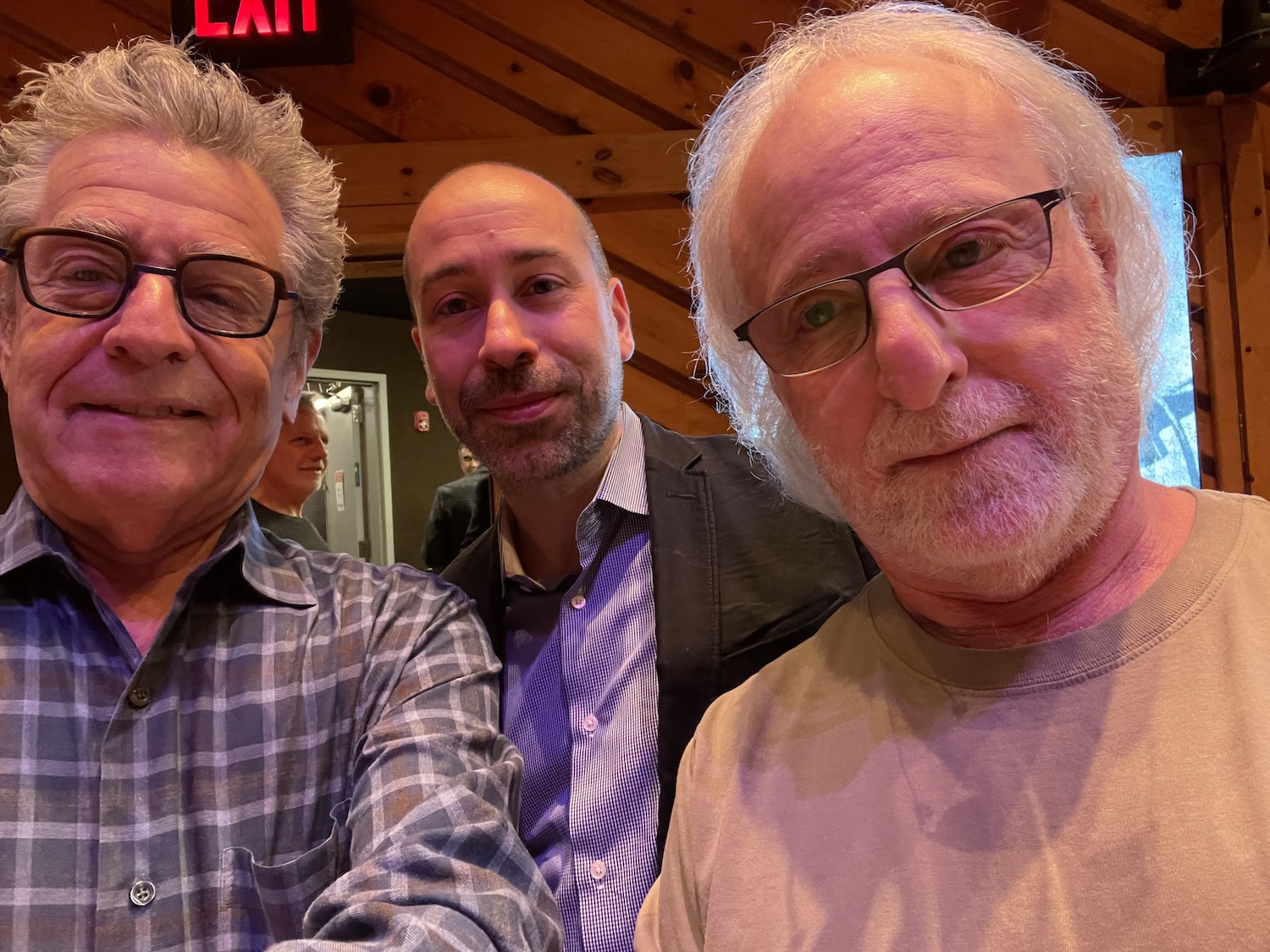
Finally Jerome sent a link to notes about the record written by Chris Cheek but I chose to not read them so I could give you my reaction to the music not influenced by his. I still haven't read them. The Buy It Now links to Acoustic Sounds are for the one step ($75) and standard versions ($40). The album is also available directly from the analog tone factory website. Listen and watch here:






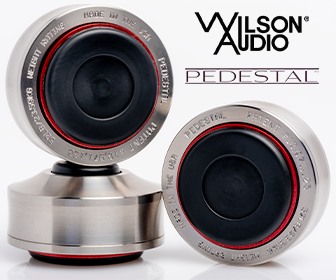
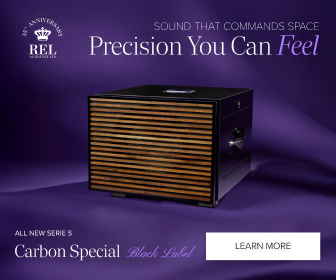

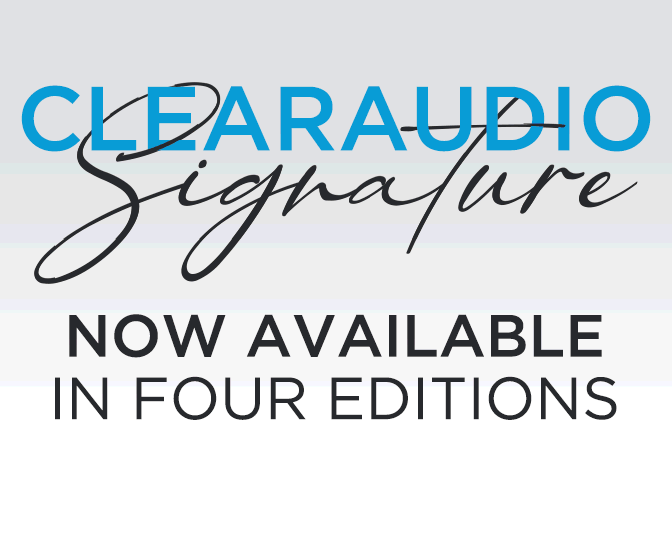

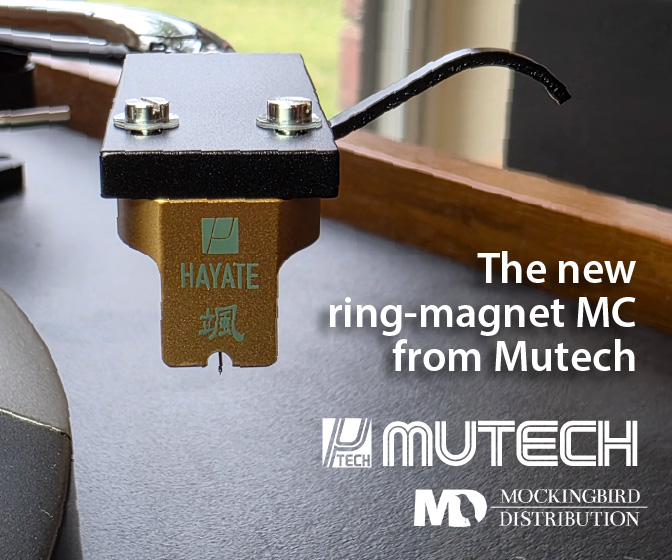
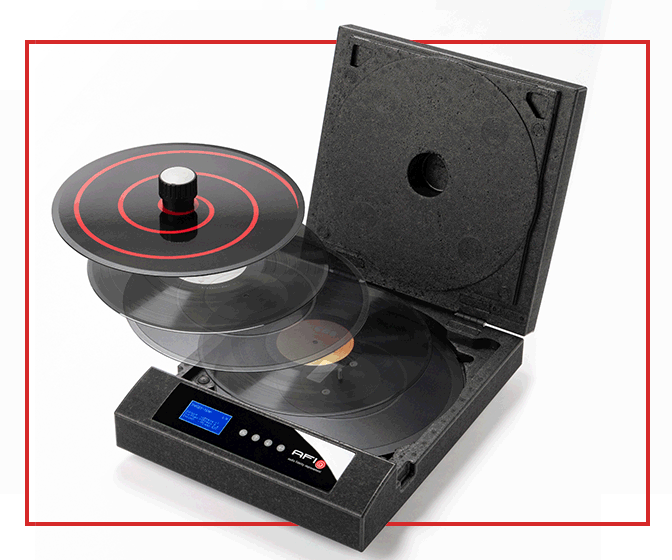
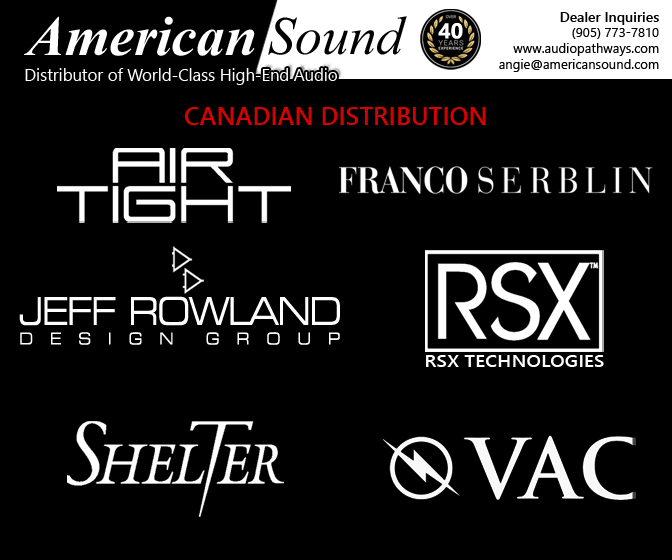
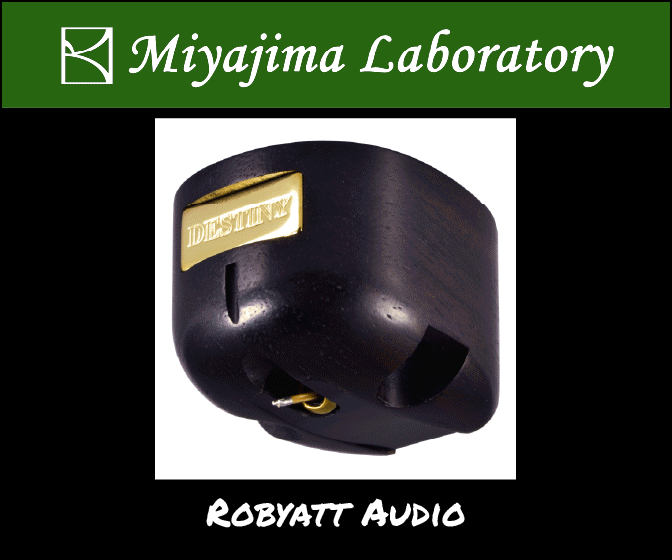
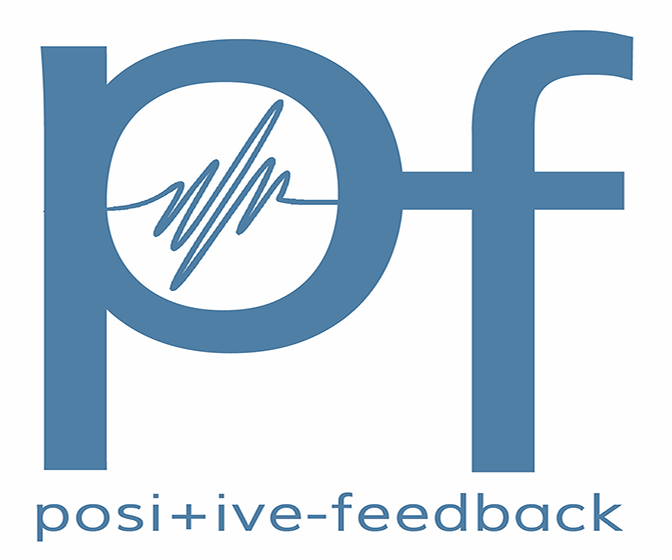

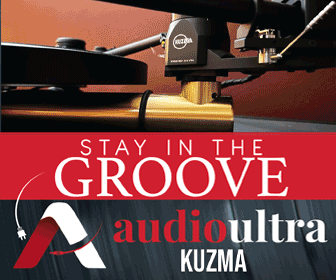
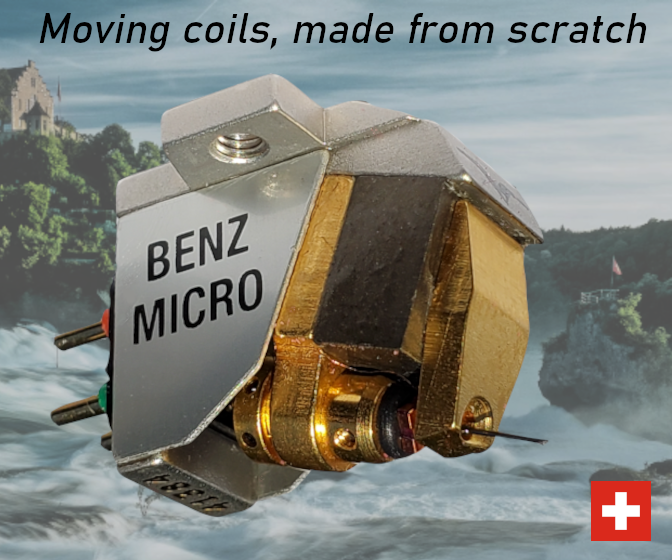

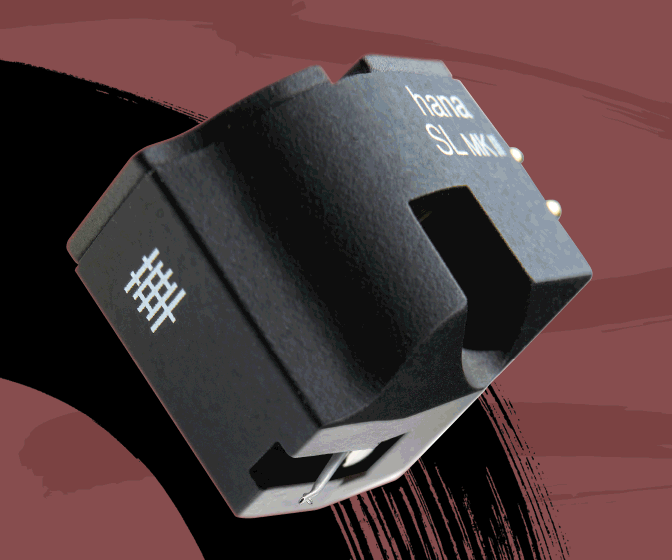
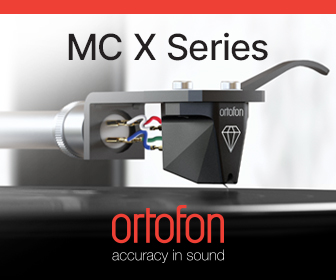
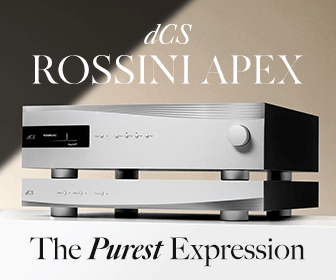
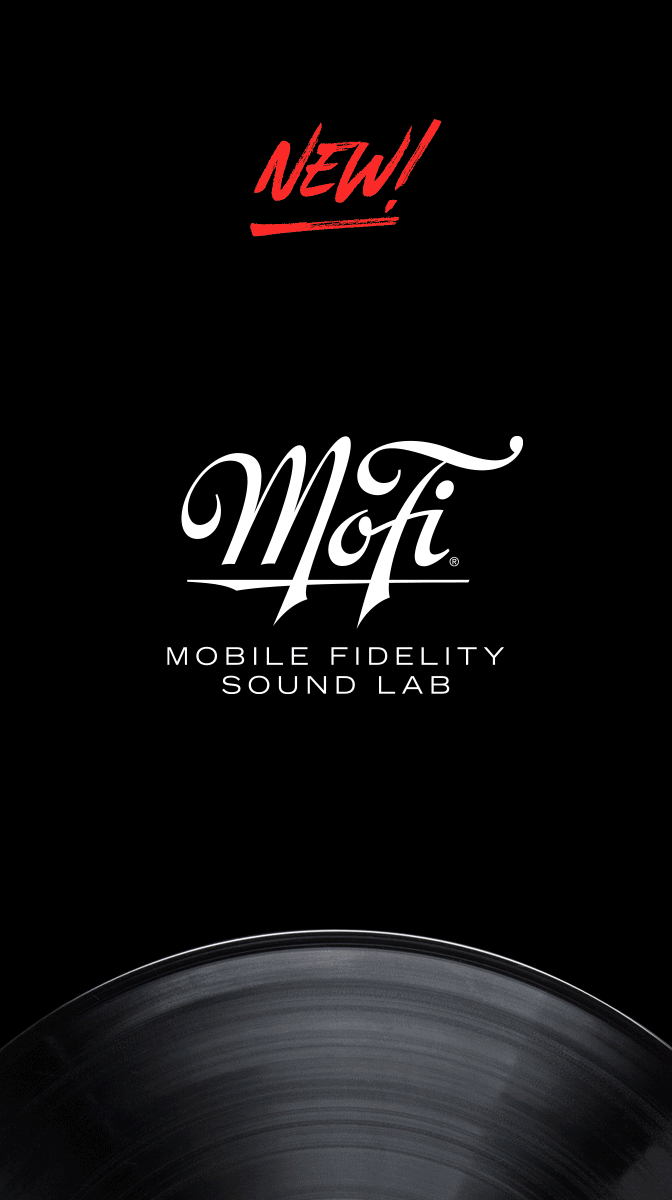
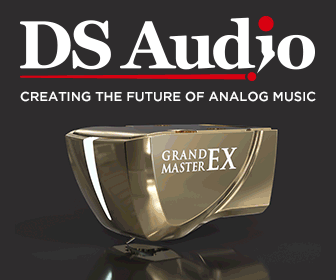
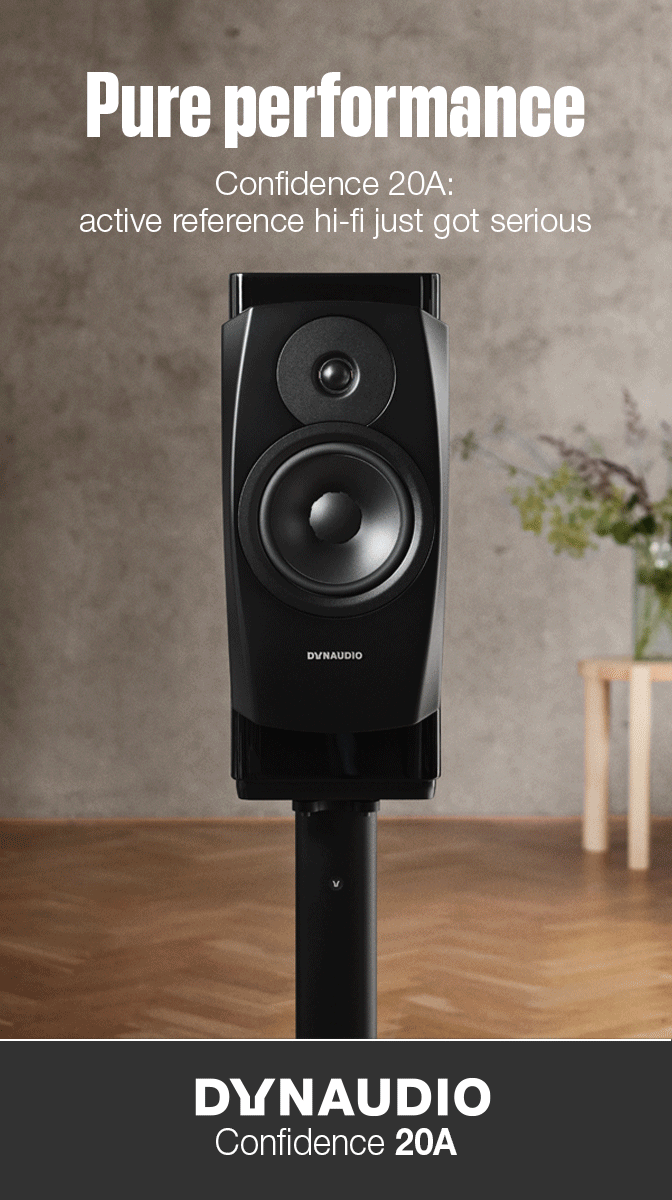

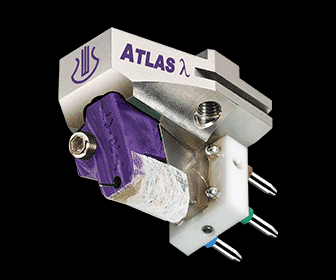

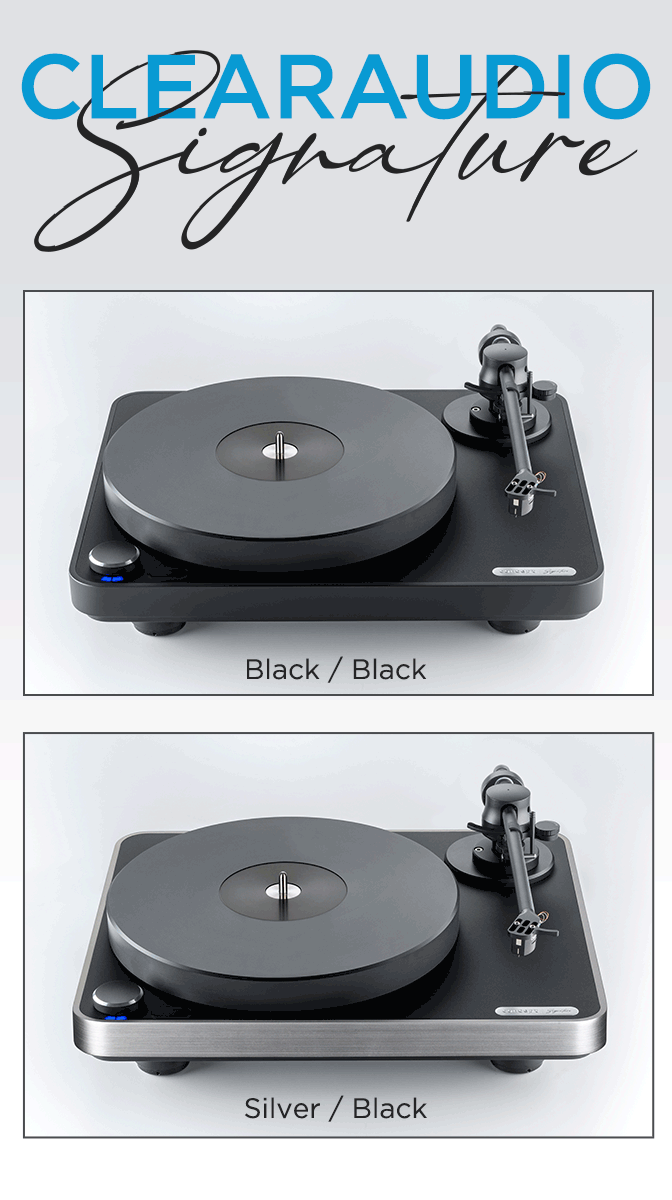
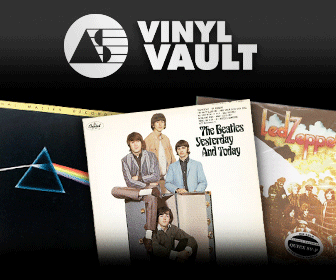

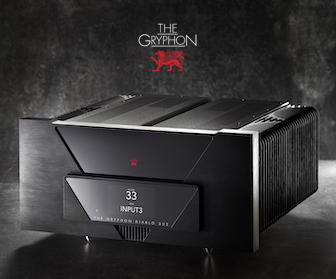
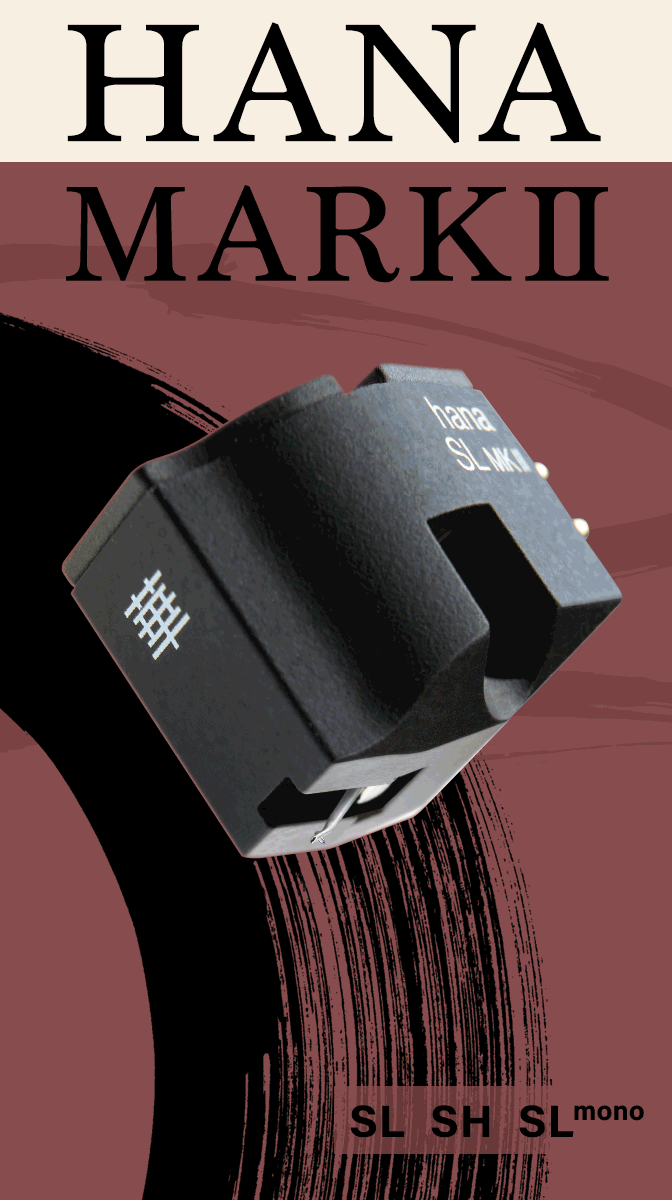


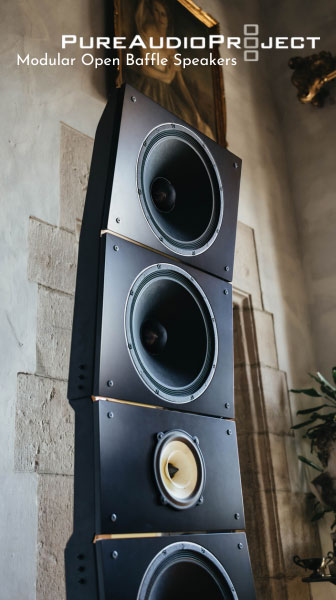
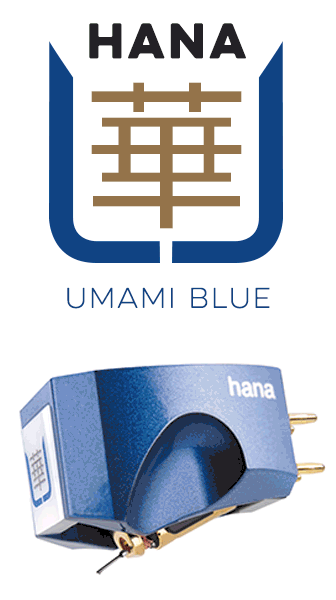





.png)








